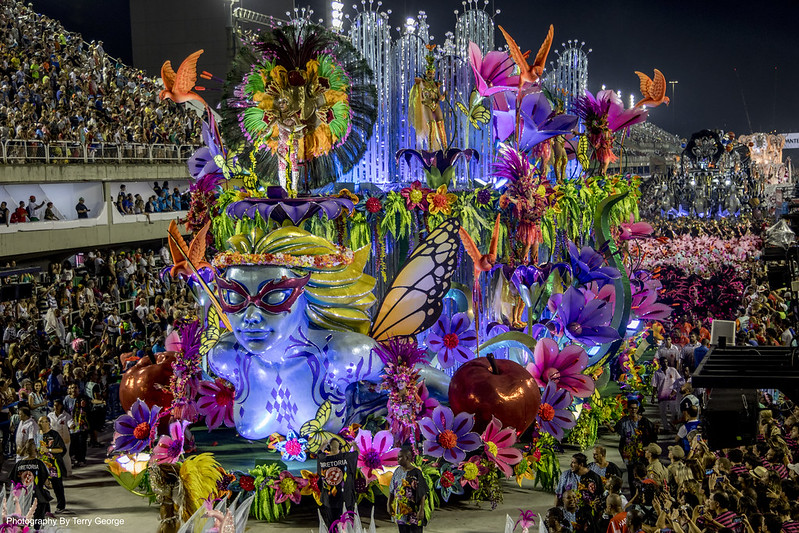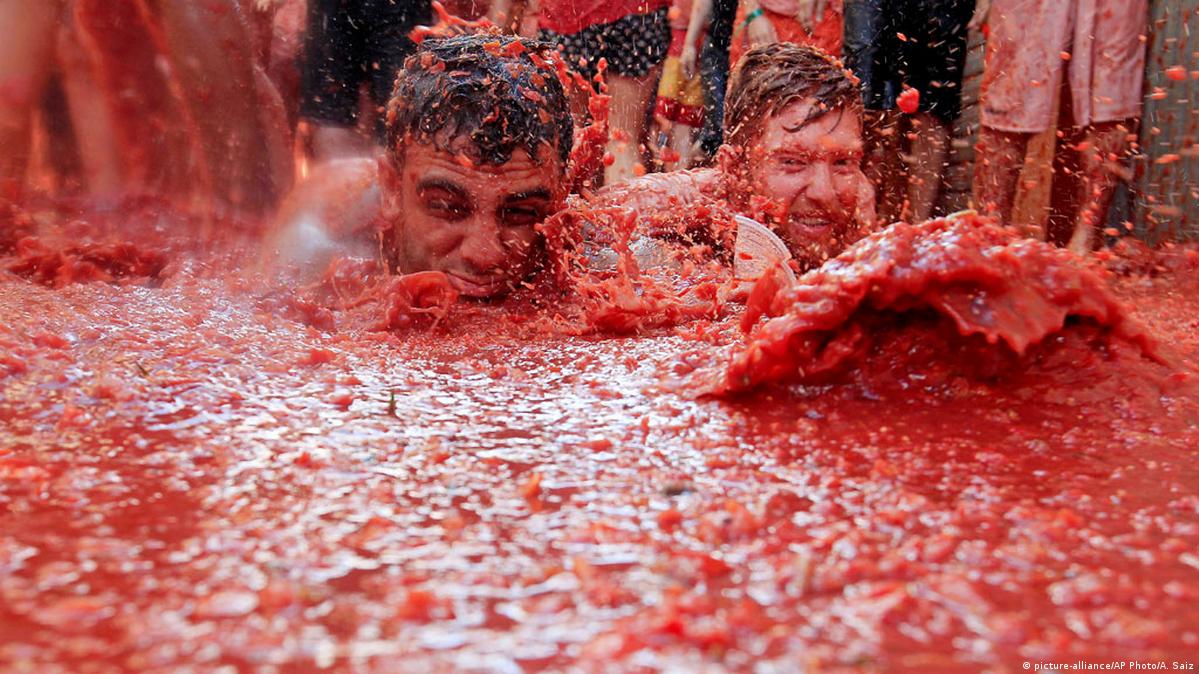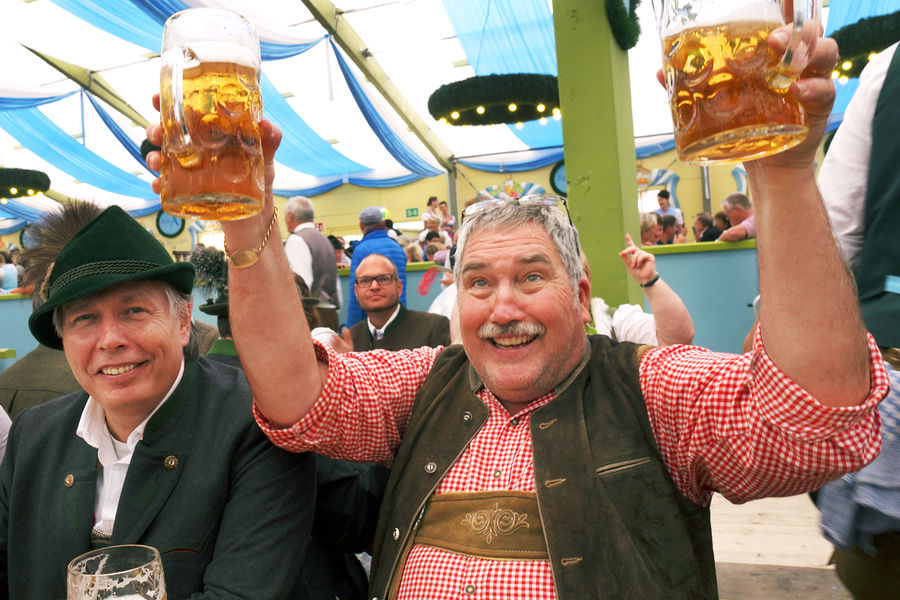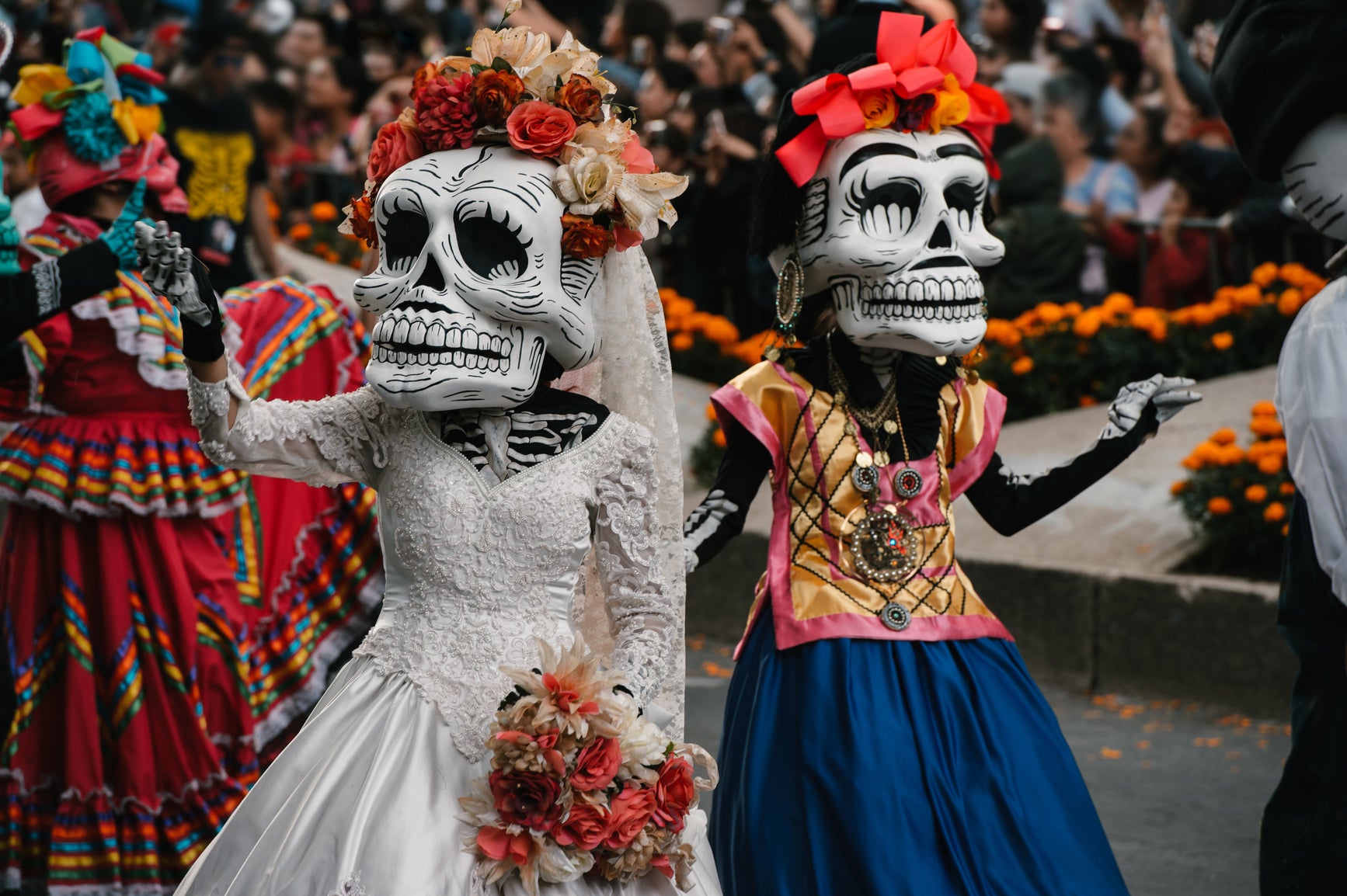Travel is more than just visiting places. It is about experiencing the heartbeat of different cultures. One of the most vibrant and immersive ways to do that is by attending local festivals. From colorful parades and ancient rituals to massive music gatherings and food carnivals, festivals offer a window into a region’s identity and soul. This festival travel guide is designed to help you explore the world through its most joyful, meaningful, and sometimes chaotic celebrations.
Why Travel for Festivals?
Festival travel opens the door to authentic cultural experiences. While traditional sightseeing can show you a city’s architecture or museums, a festival invites you into the lives and traditions of local people. It’s a chance to taste traditional foods, see performances passed down through generations, and witness firsthand how different communities mark the seasons, honor ancestors, and celebrate life.
Beyond the cultural immersion, festivals also create unforgettable memories. Dancing at Carnival in Brazil, getting drenched at Songkran in Thailand, or witnessing the spiritual beauty of the Day of the Dead in Mexico are experiences that stay with you forever.
Holi – India

Holi is known as the Festival of Colors and is one of the most joyous Hindu festivals celebrated across India and in many parts of the world. It marks the arrival of spring and the triumph of good over evil, particularly the story of Prahlad and Holika in Hindu mythology.
During Holi, people gather in the streets to throw colored powders, dance to music, and splash water on each other. The celebration starts with Holika Dahan (bonfire night) on the eve of Holi, symbolizing the burning away of evil. The next day, called Rangwali Holi, is the main event full of vibrant colors and laughter.
Why Visit: It’s a lively, inclusive, and unforgettable experience where strangers become friends in a burst of color and joy.
Also Read: Basanta Utsav, Santiniketan Holi 2025: Colors & Joy
Carnival – Brazil

Carnival in Brazil, especially in Rio de Janeiro, is one of the most famous and extravagant festivals in the world. It is celebrated in the days leading up to Lent, a Catholic season of fasting and reflection. Carnival blends European Christian traditions with Afro-Brazilian culture, creating a unique and vibrant celebration.
The highlight of Carnival is the Samba Parade at the Sambadrome, where samba schools compete with elaborate floats, dancers, and costumes. Street parties, or “blocos,” also take place throughout the city, featuring music, dance, and community spirit.
Why Visit: It’s the ultimate street party, full of color, creativity, and contagious energy.
Also Read: Basanta Utsav, Santiniketan Holi 2025: Colors & Joy
La Tomatina – Spain

Held in the small town of Buñol near Valencia, La Tomatina is the world’s biggest food fight. It takes place on the last Wednesday of August each year. Thousands of participants throw overripe tomatoes at each other in a friendly and playful battle that lasts about an hour.
The festival’s origins are uncertain, but it began in the 1940s and grew in popularity over the decades. The town limits the number of participants now, so registration is required.
Why Visit: It’s a once-in-a-lifetime event that turns chaos into fun, laughter, and camaraderie.
Also Read: Must-Know Fun Facts About La Tomatina Festival in Spain 2025
Oktoberfest – Germany

Oktoberfest is the world’s largest beer festival, held annually in Munich, Bavaria. It began in 1810 to celebrate the royal wedding of Crown Prince Ludwig and Princess Therese of Saxony-Hildburghausen. The festival has since become a global icon of German culture.
For two weeks in late September and early October, millions of people gather in massive beer tents to enjoy traditional German brews, sausages, pretzels, music, and folk costumes like lederhosen and dirndls.
Why Visit: It’s a cultural immersion into Bavarian hospitality, food, and music with a festive spirit unlike any other.
Also Read: Must-Know Fun Facts About La Tomatina Festival in Spain 2025
Day of the Dead (Día de los Muertos) – Mexico

The Day of the Dead is a Mexican holiday celebrated on November 1st and 2nd, coinciding with All Saints’ Day and All Souls’ Day. It honors deceased loved ones through altars (ofrendas), decorated with marigolds, candles, food, photos, and personal mementos.
Unlike somber Western funerals, this festival is a colorful, joyful celebration of life and death. Families gather in cemeteries to clean graves, share food, and remember their ancestors.
Why Visit: It’s a deeply moving and spiritual experience that offers insight into Mexico’s unique view of life and death.
Also Read: Coachella 2025: The Ultimate Guide to the Desert’s Biggest Music and Arts Festival
Burning Man – United States

Burning Man is an annual event held in the Black Rock Desert of Nevada. It’s not a traditional festival but an experimental gathering of art, music, community, and radical self-expression. It takes place at the end of August and culminates in the burning of a giant wooden effigy, the “Man.”
Burning Man follows principles such as radical inclusion, decommodification, self-reliance, and leaving no trace. The desert is transformed into a temporary city filled with interactive art installations, themed camps, and performances.
Why Visit: It’s a transformative experience focused on creativity, community, and personal growth in one of the most unique environments on earth.
Also Read: Rock in Rio 2025: Ultimate Music Festival in Rio de Janeiro
Songkran – Thailand

Songkran is the Thai New Year, celebrated from April 13 to 15. Traditionally, it is a time for cleaning homes, visiting temples, and paying respect to elders by pouring water on their hands. Over time, it has evolved into a nationwide water fight.
Cities like Bangkok and Chiang Mai turn into giant water playgrounds where locals and tourists soak each other with buckets, water guns, and hoses. Water represents purification and renewal.
Why Visit: It’s the most fun you’ll ever have in a water fight, and it offers a look into Thai culture and hospitality.
Also Read: Basanta Utsav, Santiniketan Holi 2025: Colors & Joy
Edinburgh Fringe Festival – Scotland

The Edinburgh Fringe Festival is the largest arts festival in the world, held every August in Scotland’s capital. It features thousands of performances, including comedy, theater, music, dance, and spoken word, by both emerging and established artists.
The Fringe is open-access, meaning anyone can perform. This creates a diverse and experimental mix of shows across hundreds of venues in the city, from historic buildings to basements and street corners.
Why Visit: It’s a paradise for art lovers and creatives, where you can see world-class performances and discover future stars.
Also Read: Basanta Utsav, Santiniketan Holi 2025: Colors & Joy
Chinese New Year – China and Beyond

Chinese New Year, or Spring Festival, marks the beginning of the lunar new year, usually in late January or February. Celebrations last for about two weeks and include family reunions, feasts, fireworks, lion dances, and the exchange of red envelopes containing money.
Each year is associated with one of the 12 Chinese zodiac animals. Traditions aim to bring prosperity and good luck for the coming year.
Why Visit: Cities like Beijing, Hong Kong, and Singapore come alive with color, light, and rich cultural traditions during this festival.
Also Read: Basanta Utsav, Santiniketan Holi 2025: Colors & Joy
Gion Matsuri – Japan

Gion Matsuri is Kyoto’s most famous festival and one of the most historic in Japan, dating back over 1,000 years. It takes place throughout July, with its main events being two grand parades of ornate floats on July 17 and July 24.
The festival began as a religious ritual to appease the gods during an epidemic. Today, it’s a celebration of Kyoto’s culture, with traditional music, kimono-clad locals, and a deep sense of heritage.
Why Visit: It offers a rare opportunity to see traditional Japanese rituals, clothing, and craftsmanship in a beautifully preserved city.
Also Read: Basanta Utsav, Santiniketan Holi 2025: Colors & Joy
When to Travel for Festivals
Planning your travel around festival calendars requires some research. Many festivals follow religious or lunar calendars, which means dates change each year. However, here is a rough seasonal breakdown:
- January to March: Carnival, Chinese New Year, Holi
- April to June: Songkran, various spring flower festivals
- July to September: Gion Matsuri, La Tomatina, Edinburgh Fringe
- October to December: Oktoberfest, Diwali, Day of the Dead, Christmas markets
Always double-check dates well in advance, especially for popular festivals where accommodations and transportation book up quickly.
Planning a Festival Trip: What to Know
Attending a festival in another country isn’t like planning a regular vacation. It takes some additional preparation to ensure everything runs smoothly. Here are a few tips:
- Book flights and accommodations early, especially for popular festivals. Cities often reach capacity during big events.
- Research the local customs and etiquette. Some festivals are spiritual or have deep cultural significance. Knowing how to behave respectfully is important.
- Consider travel insurance, particularly if the festival involves large crowds or adventure activities.
- Pack appropriately for the event. Whether that means a rain poncho for a music festival or modest clothing for a religious celebration, your comfort and cultural respect matter.
- Stay hydrated and well-rested. Festival days can be long and physically demanding.
Packing Essentials for Festival Travel
Your packing list will vary depending on the destination and the type of festival, but here are a few universal items to consider:
- Comfortable walking shoes or sandals
- Sunscreen and sunglasses
- A reusable water bottle
- A small backpack or crossbody bag
- Weather-appropriate clothing
- Phone charger or power bank
- Earplugs and eye mask for better rest
- Copies of important documents
If the festival is known for particular customs—like getting soaked at Songkran or covered in powder at Holi—bring clothes you do not mind ruining and any necessary protective gear.
Responsible Festival Travel
Traveling for festivals should be about celebration, but also about cultural appreciation, not appropriation. Here’s how to be a respectful festival traveler:
- Learn about the history and meaning of the festival. Understanding the significance deepens your experience and shows respect.
- Dress appropriately, especially for religious festivals. Even if others are more casual, it’s best to err on the side of modesty.
- Support local vendors and artisans instead of buying mass-produced souvenirs.
- Be mindful of your environmental impact, especially at large-scale events. Dispose of waste properly and avoid single-use plastics.
- Ask for permission before photographing people in traditional clothing or rituals.
Off-the-Beaten-Path Festivals
While world-famous festivals are incredible, some of the best experiences happen at smaller or lesser-known events. These festivals often offer more intimacy, local authenticity, and fewer crowds.
- Jinhae Cherry Blossom Festival, South Korea: A serene and scenic celebration of spring.
- Inti Raymi, Peru: A vibrant Incan Festival of the Sun held in Cusco.
- Up Helly Aa, Scotland: A Viking fire festival held in the Shetland Islands.
- Timkat, Ethiopia: Celebrating Epiphany with a mix of processions, music, and ritual.
- Thaipusam, Malaysia: A Hindu festival known for its elaborate spiritual devotion and dramatic rituals.
These festivals allow you to connect with communities on a deeper level and often result in more meaningful travel stories.
Final Thoughts
Festival travel is one of the most enriching ways to see the world. It combines cultural insight, human connection, and pure joy. Whether you’re dancing to samba rhythms in Brazil or watching lanterns rise in the Thai night sky, festivals allow you to experience places at their most alive and authentic.
Use this festival travel guide to start planning your own adventure. Choose one event that speaks to your spirit, do your research, pack wisely, and go with an open heart. The world is full of celebrations waiting to welcome you.
